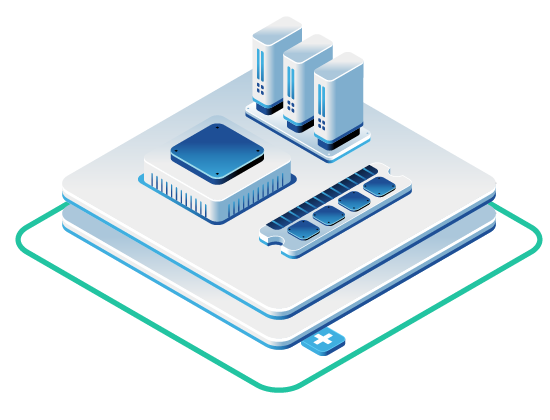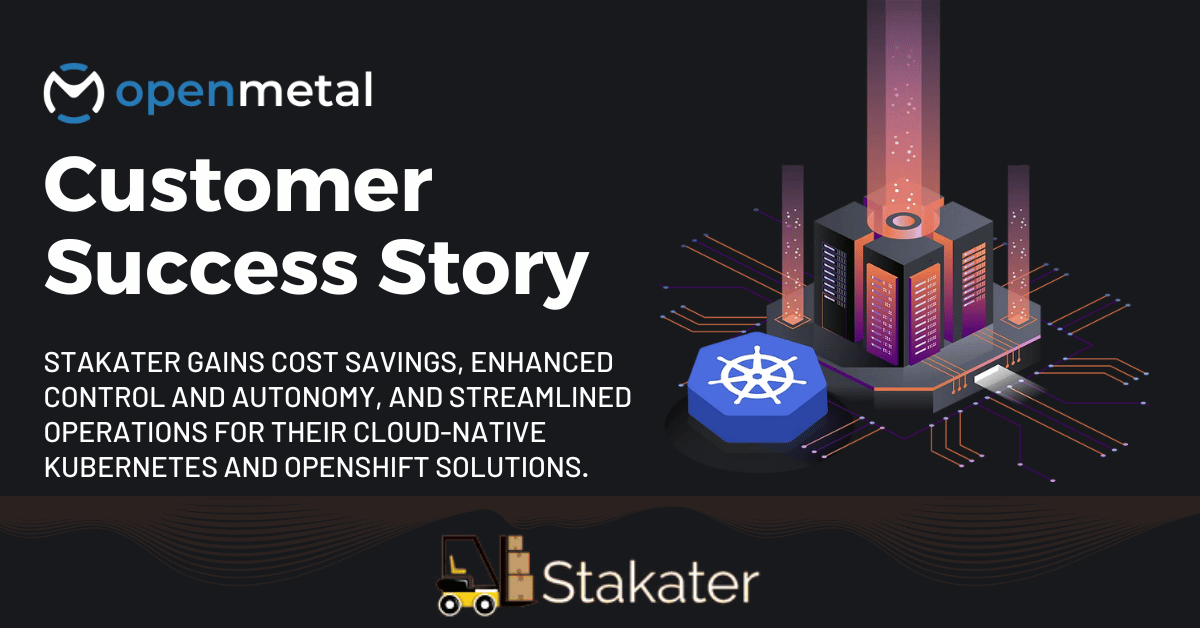Successfully growing a platform engineering company means constantly balancing innovation with operational efficiency. You’re building cutting-edge solutions for your clients, but managing the underlying infrastructure can become a major bottleneck and revenue-drainer. Sound familiar?

Stakater: The Platform Engineering Powerhouse
Stakater empowers businesses by providing expert platform engineering services. Their offerings include:
- Managed OpenShift: Stakater helps businesses deploy and manage OpenShift, a powerful container orchestration platform, so they can focus on building and delivering applications.
- Kubernetes Consulting: Stakater’s team of Kubernetes experts provides guidance and support to help businesses optimize their Kubernetes deployments for performance and efficiency.
- Multi-Tenant Operator: Stakater’s Multi-Tenant Operator enables businesses to deliver secure and scalable multi-tenant Kubernetes environments.
Stakater needed a cloud infrastructure solution that could keep up with their fast growth, deliver consistent performance for their clients, and align with their commitment to sustainable practices. The struggle was real:
- Scaling Pains: Rapid growth often means scrambling for more resources, leading to complex management and unpredictable costs.
- Performance Bottlenecks: Shared cloud resources can lead to noisy neighbors and inconsistent performance, impacting client satisfaction.
- Rising Costs: Hosting costs quickly grew as Stakater scaled, negatively affecting their ability to reinvest in their core business offerings and team, and provide cost-effective solutions to their customers.
Using OpenMetal’s Bare Metal Cloud Built for Performance and Sustainability
Stakater needed a powerful and reliable platform to support their offerings and goals, particularly their multi-tenant Kubernetes deployments and a vision of providing OpenShift on OpenShift. They were looking for a solution that provided dedicated resources and consistent performance, something they weren’t getting from traditional cloud providers.
After evaluating some options, they landed on bare metal cloud as the ideal solution. Bare metal provides direct access to physical hardware, eliminating the virtualization layer that can introduce performance overhead and inconsistencies. This direct access supports predictable performance and greater control over the underlying infrastructure.
This is where OpenMetal came in. OpenMetal offers a unique approach, providing dedicated hardware resources without the overhead and limitations of traditional cloud or on-premises environments. Here’s how we addressed Stakater’s key challenges:
- Elastic Scalability: OpenMetal’s platform allows for on-demand scaling and rapid deployment, enabling Stakater to quickly adapt to changing client demands without complex provisioning processes. This leads to faster project delivery and improved resource utilization.
- Dedicated Performance: With dedicated bare metal servers, Stakater gained consistent, high-performance cloud infrastructure. This eliminates the “noisy neighbor” effect and supports optimal performance for their clients’ demanding workloads. This all means happier customers and stronger partnerships!
- Predictable Costs: Bare metal provides predictable monthly costs, allowing for better budget management and eliminating the surprises often associated with cloud billing. This allows for better financial planning and control over infrastructure spending.
A Partnership Built for Success
By partnering with OpenMetal, Stakater has been able to build a highly scalable and money-saving infrastructure that supports their continued growth and new product development. OpenMetal’s platform provides Stakater with the flexibility and performance they need to deliver outstanding service and value to their clients.
The partnership between Stakater and OpenMetal isn’t just about servers and networks; it’s about strategic alignment and sustainable growth. OpenMetal provides the reliable, scalable, and high-performance foundation that allows Stakater to focus on what they were founded to do: delivering innovative platform engineering solutions.
Want to Learn More?
This is just a glimpse into how Stakater was able to lean on OpenMetal to overcome their infrastructure challenges and fuel their growth. To get the full story, we invite you to read the complete case study here. Discover how a strategic infrastructure partnership can unlock your company’s full potential!
Interested in OpenMetal Cloud?
Schedule a Consultation
Get a deeper assessment and discuss your unique requirements.
Read More on the OpenMetal Blog



































